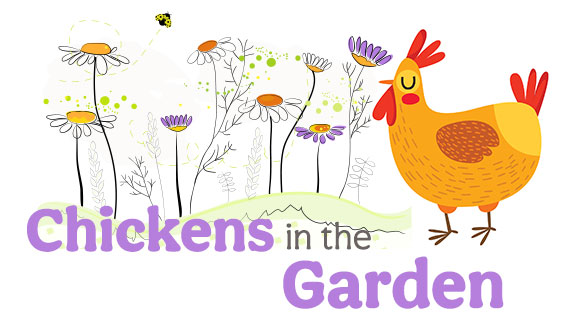Observing a mass planting of ornamental grasses on a breezy day is like witnessing a windswept sculpture. The addition of ornamental grasses to urban landscapes is gaining in popularity with a renewed interest in naturalistic landscape design. Some homeowners shun grasses in favor of flowering annuals and perennials. However, ornamental grasses can offer year-round interest to your landscape, with benefits that perennials or other flowering plants can’t match.
Why Perennial Grasses?
Native grasses come in a variety of shapes, sizes, textures, and colors. They are easy to grow, adaptable to a variety of conditions, and can fit the needs of any landscape. Most are drought tolerant and can withstand heavy soil, and some spreading grasses are often planted for erosion control. Depending on the variety you choose, ornamental grasses offer a season-long vertical element that is difficult to match with short-lived perennials, and the fall colors add a striking visual display to the landscape.
Big Bluestem
This native tall prairie grass (Andropogon gerardii) can reach 6 feet tall and is a great choice to add a vertical layer to gardens. Sometimes called “turkey foot,” as the seed heads resemble the forked foot of a turkey, this grass offers a splash of fall color in orange and copper tones. Big bluestem does well in hot, sunny spots, and makes a great screen or taller backdrop for other plantings. It’s also a great grass choice for managing erosion.
Little Bluestem
Like its name suggests, little bluestem (Schizachyrium scoparium) has a blue-ish base, and is smaller, growing 2 to 4 feet. Once covering the prairie regions of America before settlers plowed it under in favor of crops, it’s tough and will withstand a variety of conditions. The sturdy stems turn purplish bronze in fall. Like Big Blue, they like it sunny and hot. Little blue is a great choice for the cottage garden.
Feather Reed Grass
This clumping ornamental grass comes in a variety of cultivars. Karl Foerster (Calamagrostis x acutiflora), a hybrid named for a German nurseryman who discovered it, is one of the most widely planted ornamental grasses in residential and commercial landscapes. This popular variety displays showy, 4 to 5-foot feathered stalks in early summer, maintaining their dramatic buff color into the winter. This taller grass is stunning in mass plantings, and a good choice for rain gardens, as it can take a little more moisture than other grasses. Also makes attractive cut flowers.
Switchgrass
Once a dominant species on the North American prairie, switchgrass (Panicum virgatum) boasts delicate airy seed heads that are a favorite of my chickens. Depending on the variety, native switchgrass can grow 6 to 7 foot tall. Shenandoah is a shorter variety, with 4 foot stalks turning reddish tones in summer and fall. Northwind is another favorite of Midwestern gardeners looking for an upright variety.
Miscanthus

Miscanthus “Purpurascens,” common name flame grass, for its bright red and orange fall color. Photo by author.
A native to Asia, this stunning ornamental grass has been in North America for well over 100 years. Miscanthus, or maiden grass, comes in over 50 ornamental cultivars. Feathery plumes and colorful autumn foliage make this a striking addition to any garden spot. If you’re looking for a grass for your chicken run, this is a great pick, as chickens love to peck at the fluffy plumes. It’s my favorite too, as the feathery stalks add beauty to cut flower arrangements. This can also be a good choice for rain gardens, as it can tolerate a bit more moisture than other grasses, but is highly adaptable.
Fountain Grass

Fountain grass makes a great foundation planting or border, seen here bordering Little Lime hydrangea. Photo by author.
While some fountain grasses are considered annuals in the Midwest (popular purple fountain grass won’t tolerate frigid temps), a few varieties can withstand sub-zero temps. Fountain grass (Pennisetum alopecuroides) is a low mounding grass, with attractive bottle brush type flowering stalks that resemble a fuzzy caterpillar. While perennial fountain grasses are hardy to zone 4, they do better in a protected site. I have mine (pictured above) against the porch on the south side of house, where it’s thriving. Different varieties though are not meant for zones colder than 5, so take care when choosing.
Care of Perennial Grasses
Most ornamental grasses should be cut back in late winter or early spring before new growth appears, as close to the crown as possible. If left in the same spot untouched, the centers will begin to die. To avoid this, dig out and divide every two to three years or when centers look dead. The outer living grass can be divided and replanted.
Avoid over fertilizing, replant divisions in a sunny spot, and water until established, and you’ll soon have a stunning display.






